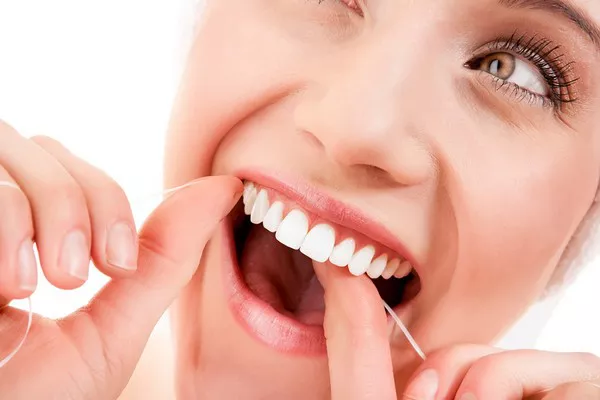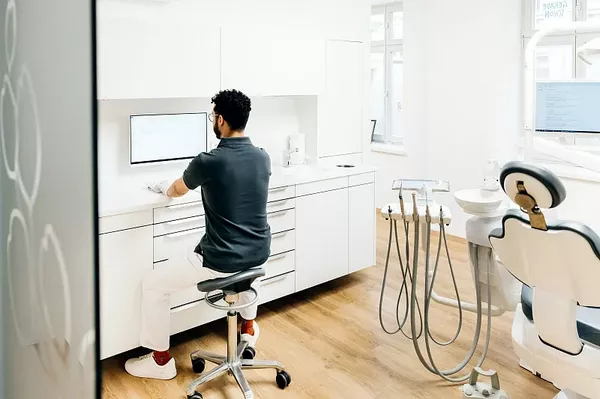The quest for a bright and healthy smile often involves efforts to remove tooth stains and discoloration. Stains on teeth can be caused by various factors, including foods, beverages, smoking, and poor oral hygiene. While many people focus on the aesthetic benefits of stain removal, there is a crucial question that often arises: When tooth stains are removed, will bacteria also be removed? In this article, we will explore the relationship between tooth stains, bacteria, and the methods used for stain removal to provide a comprehensive understanding of oral health and hygiene.
Understanding Tooth Stains
Tooth stains can be classified into two main categories: extrinsic and intrinsic.
Extrinsic Stains: These stains affect the outer layer of the tooth, known as the enamel. They are typically caused by the consumption of staining substances such as coffee, tea, red wine, and tobacco. Extrinsic stains are generally easier to remove and are often addressed with professional dental cleanings or over-the-counter whitening products.
Intrinsic Stains: Intrinsic stains occur within the tooth structure, typically in the dentin—the layer beneath the enamel. Intrinsic staining can be caused by factors like genetics, certain medications, excessive fluoride exposure during tooth development, or trauma to the tooth. Intrinsic stains can be more challenging to remove and may require more intensive dental treatments.
Tooth Stains and Bacteria
Tooth stains themselves are not bacteria, but they can provide a conducive environment for the growth and accumulation of bacteria. Here’s how it works:
Stains as a Surface: Extrinsic stains create rough surfaces on the enamel, which can trap food particles and bacteria. This can lead to plaque formation, which is a sticky film of bacteria that adheres to the tooth surface.
Plaque and Bacterial Growth: Plaque is a breeding ground for harmful bacteria. Bacteria in the plaque feed on sugars from the diet, producing acids that can erode the enamel and lead to tooth decay.
Stain Removal and Bacterial Reduction: When you remove tooth stains, you are essentially eliminating the rough surfaces and hiding places where bacteria can thrive. By reducing stains, you may also reduce the potential for bacterial growth and the associated oral health issues.
Methods for Removing Tooth Stains
Several methods are available for removing tooth stains, each with its own level of effectiveness and considerations:
Professional Dental Cleanings: Regular dental check-ups include professional cleanings that remove plaque, tartar, and surface stains. Dental hygienists use specialized tools and techniques to clean and polish the teeth.
Whitening Toothpaste: Whitening toothpaste contains mild abrasives that can help remove surface stains. However, they may not be effective for deep or intrinsic stains.
At-Home Whitening Kits: Over-the-counter whitening kits, such as whitening strips or gels, can help reduce extrinsic stains. Some may contain mild bleaching agents to lighten tooth color.
Professional Teeth Whitening: In-office teeth whitening procedures administered by a dentist are highly effective for stain removal. They often use stronger bleaching agents and specialized equipment to achieve significant whitening results.
Microabrasion: Microabrasion is a dental procedure that involves the removal of surface stains using a mild abrasive and a high-speed handpiece. It is effective for some types of extrinsic staining.
Porcelain Veneers: For deeply intrinsic stains that do not respond to other methods, porcelain veneers can be a cosmetic solution. Veneers are thin shells bonded to the front of teeth, effectively concealing stains.
The Connection Between Stain Removal and Bacteria
While the primary goal of stain removal procedures is cosmetic—to enhance the appearance of your smile—it is important to recognize that they can also contribute to improved oral hygiene. By removing surface stains, you create a smoother tooth surface that is less conducive to bacterial plaque formation. This can reduce the risk of cavities, gum disease, and other oral health issues associated with bacterial growth.
Conclusion
Tooth stains themselves are not bacteria, but they can facilitate bacterial growth and plaque formation on the tooth surface. When tooth stains are removed through various dental procedures, you are not only enhancing the aesthetic appeal of your smile but also creating a less favorable environment for bacterial accumulation. Maintaining good oral hygiene practices, such as regular dental cleanings and proper brushing and flossing, is essential for preventing both stains and bacterial-related oral health problems. If you have concerns about tooth stains or oral hygiene, consult with your dentist to determine the most appropriate treatment and preventive measures for your individual needs.
Related Topics:































